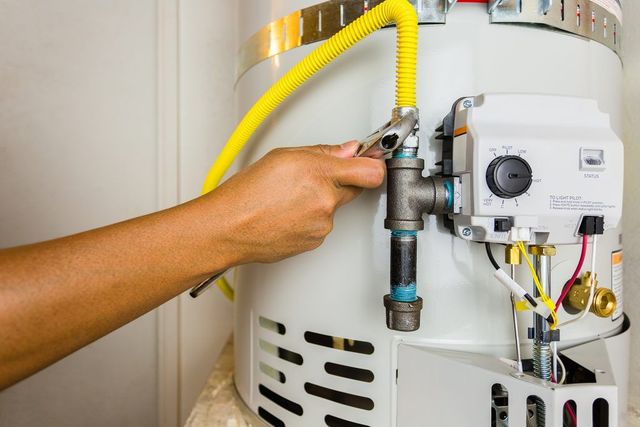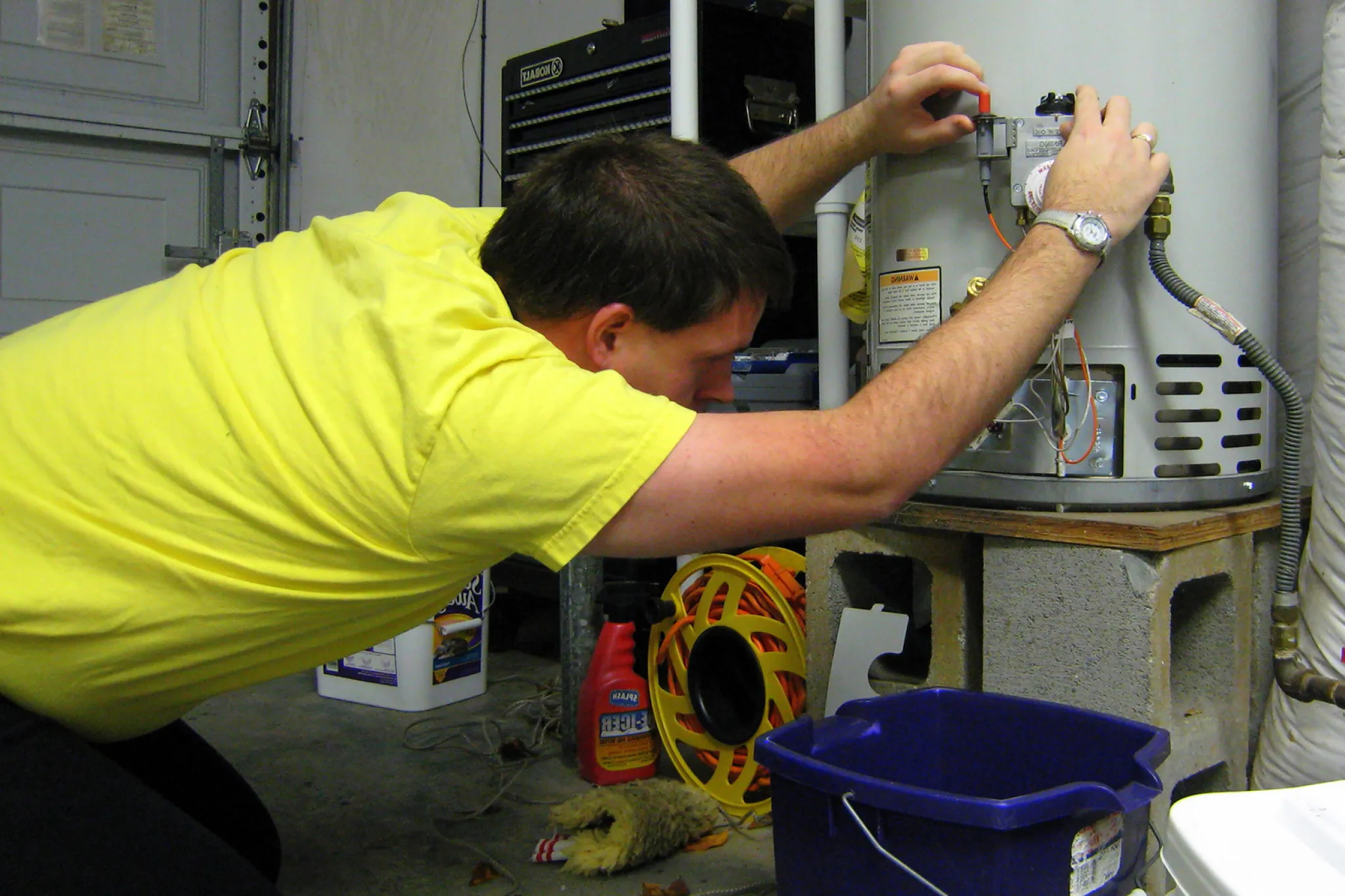Essential Guidance on Caring for Your Home's Hot Water SystemEnsuring Longevity of Your Home's Hot Water System: Maintenance Advice
Essential Guidance on Caring for Your Home's Hot Water SystemEnsuring Longevity of Your Home's Hot Water System: Maintenance Advice
Blog Article
Have you been interested in ideas involving Tips on Maintaining a Water Heater?

Warm water is vital for daily convenience, whether it's for a rejuvenating shower or washing recipes. To guarantee your hot water system runs efficiently and lasts much longer, routine maintenance is key. This post offers practical pointers and understandings on how to maintain your home's warm water system to prevent interruptions and costly fixings.
Introduction
Keeping your home's hot water system might appear difficult, but with a couple of easy actions, you can ensure it runs efficiently for years to find. This overview covers everything from comprehending your hot water system to do it yourself maintenance ideas and knowing when to contact specialist help.
Value of Maintaining Your Hot Water System
Normal upkeep not only prolongs the life-span of your hot water system however additionally ensures it runs successfully. Neglecting maintenance can lead to reduced performance, higher energy expenses, and also early failure of the system.
Indications Your Warm Water System Demands Maintenance
Understanding when your warm water system requires attention can avoid significant concerns. Keep an eye out for signs such as inconsistent water temperature level, weird sounds from the heater, or rustic water.
Comprehending Your Hot Water System
Prior to diving right into upkeep jobs, it's useful to recognize the standard parts of your warm water system. Normally, this consists of the hot water heater itself, pipes, anode rods, and temperature controls.
Month-to-month Upkeep Tasks
Normal month-to-month checks can aid catch small concerns prior to they rise.
Purging the Hot Water Heater
Purging your water heater removes sediment build-up, boosting effectiveness and prolonging its life.
Checking and Replacing Anode Rods
Anode rods prevent corrosion inside the container. Checking and replacing them when worn out is critical.
Checking and Adjusting Temperature Setups
Changing the temperature settings makes certain ideal performance and safety.
DIY Tips for Maintenance
You can execute numerous maintenance tasks on your own to keep your hot water system in leading problem.
Checking for Leakages
On a regular basis inspect pipelines and links for leaks, as these can bring about water damages and higher costs.
Checking Stress Alleviation Valves
Evaluating the stress safety valve ensures it operates properly and prevents extreme stress accumulation.
Insulating Pipelines
Protecting warm water pipelines reduces warm loss and can save power.
When to Call a Professional
While do it yourself maintenance is beneficial, some problems require specialist knowledge.
Facility Problems Requiring Expert Help
Examples include significant leaks, electric issues, or if your hot water heater is regularly underperforming.
Regular Professional Upkeep Perks
Professional upkeep can include extensive inspections, tune-ups, and making sure conformity with safety requirements.
Verdict
Routine upkeep of your home's hot water system is necessary for efficiency, longevity, and expense savings. By complying with these pointers and recognizing when to look for professional assistance, you can ensure a reputable supply of warm water without unanticipated disruptions.
How to Maintain an Instant Hot Water Heater
Before tinkering with your hot water heater, make sure that it’s not powered on. You also have to turn off the main circuit breaker and shut off the main gas line to prevent accidents. Also turn off the water valves connected to your unit to prevent water from flowing into and out of the appliance. 2. When you’re done, you have to detach the purge valves’ caps. These look like the letter “T” and are situated on either side of the water valves. Doing so will release any pressure that has accumulated inside the valves while at the same time avoid hot water from shooting out and burning your skin. 3. When the purge valves’ caps are removed, you have to connect your hosing lines to the valves. Your unit should have come with three hoses but if it didn’t, you can purchase these things from any hardware or home repair shops. You can also get them from retail stores that sell water heating systems. Read the user’s manual and follow it to complete this task properly. When the hosing lines are connected, open the purge port’s valves. 4. You should never use harsh chemical cleaners or solutions when cleaning your unit. Make use of white vinegar instead. It should be undiluted and you’ll probably use about 2 gallons. 5. Now flush your water heater. This task should probably take about 40 minutes. We can’t give you specific directions for this because the procedure is carried out depending on the type, model and brand of your heater. With that being said, refer to the user’s manual. 6. When you’re done draining the unit, you have to turn off the purge port valves again. Remove the hosing lines that you earlier installed on each of the water valves. Put the valve caps (purge port) back in their respective places and be very careful so as not to damage the rubber discs that are found inside these caps. 7. Now that everything’s back in place, check your user’s manual again to find out how to reactivate your water heating system. 8. Once it is working, turn one of your hot water faucets on just to let air pass through the heater’s water supply pipes. Leave the tap on until water flows smoothly out of it. https://www.orrplumbing.com/blog/2014/september/how-to-maintain-an-instant-hot-water-heater/

Do you appreciate reading about Tips on Maintaining a Water Heater? Make feedback down the page. We will be glad to hear your responses about this content. In hopes to see you back again before long. For those who enjoyed reading our blog posting kindly be sure to pass it around. Thank you for taking the time to read it.
Pricing Report this page